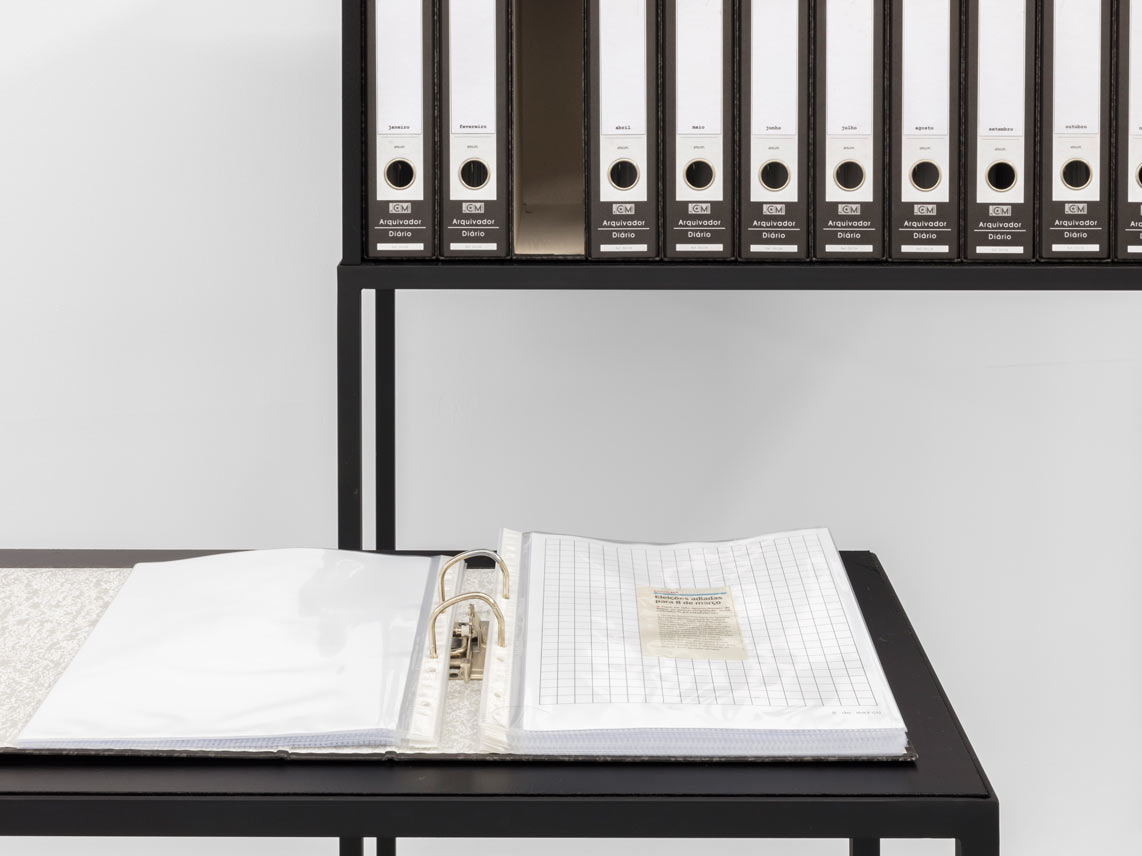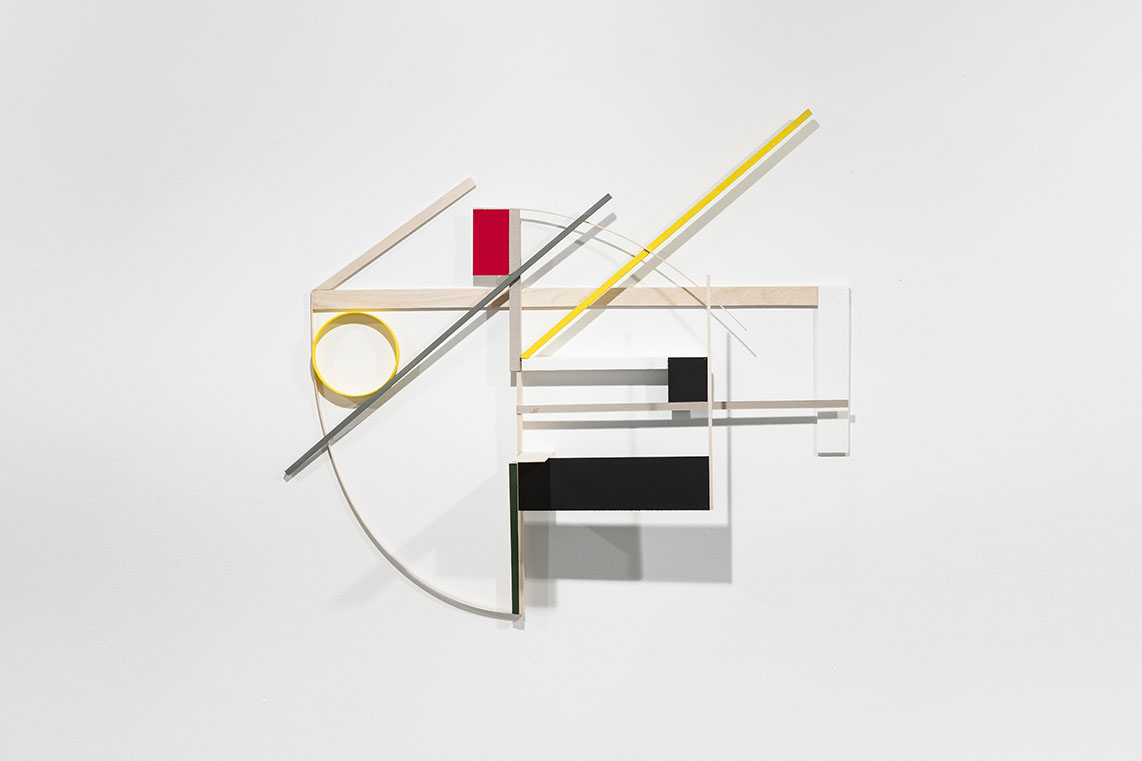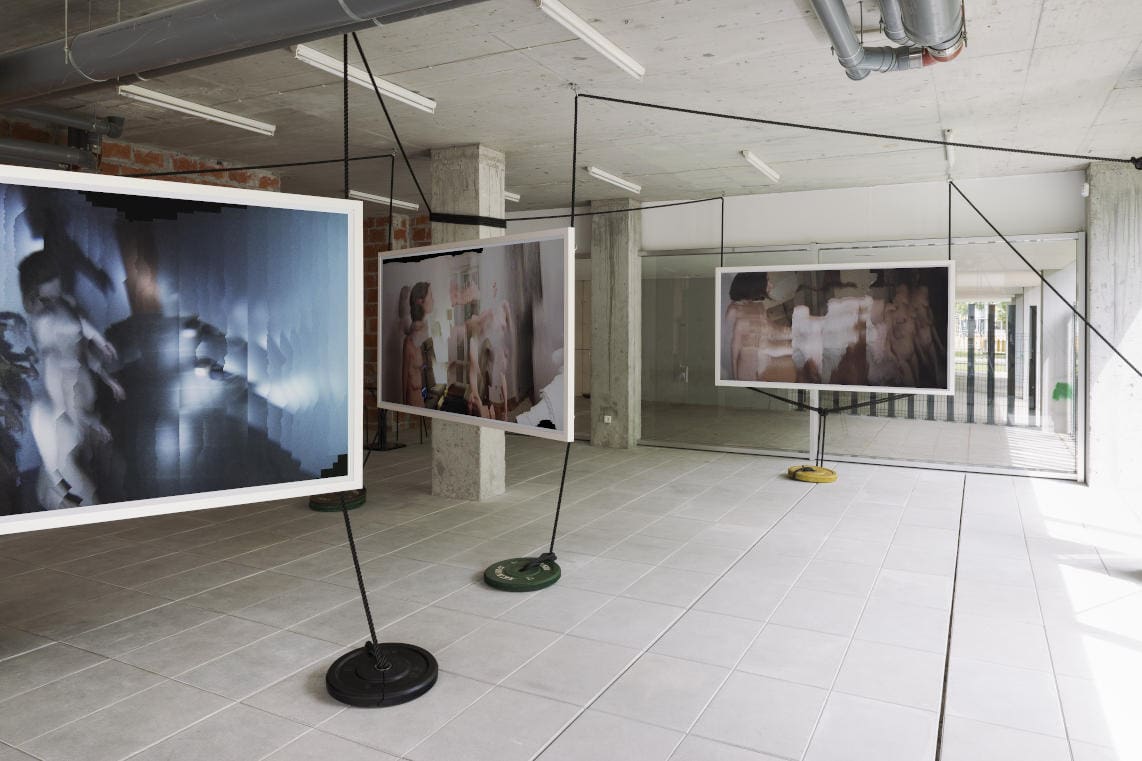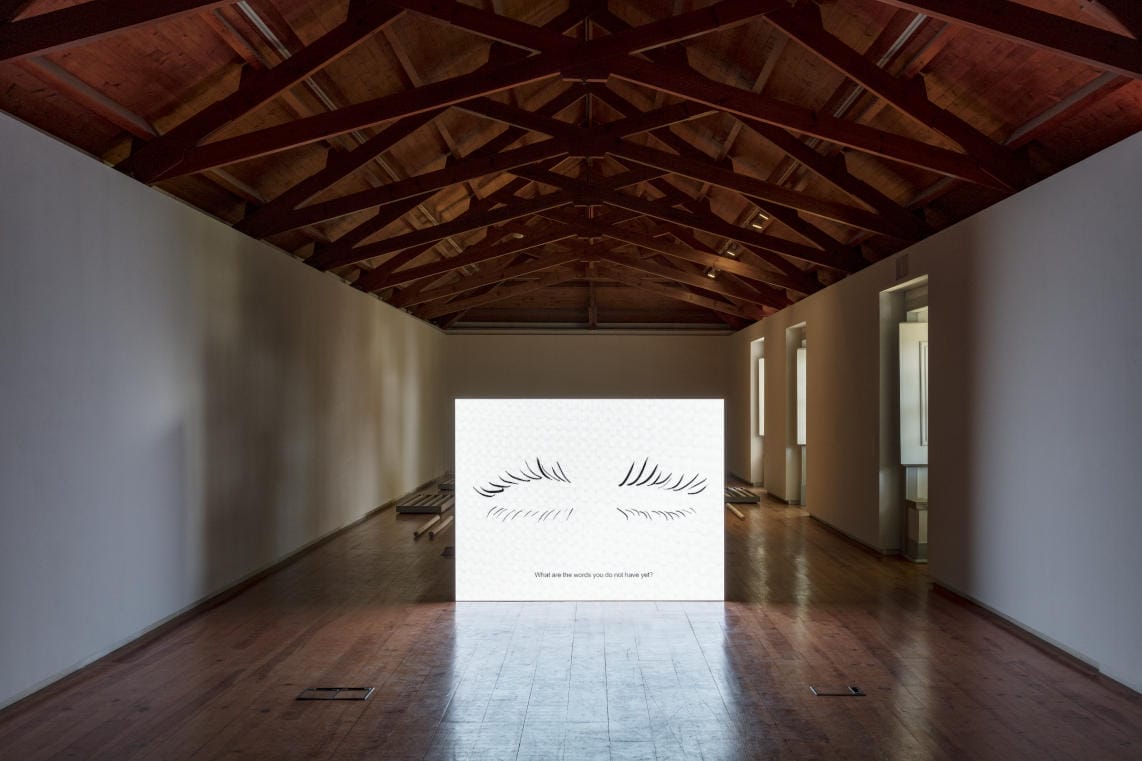Drawing is the beginning. Before we learn how to write, we draw, even if rudimentarily. It is the recurring stepping stone of every artistic journey, it is the auxiliary method of artistic creation, it often is the support of the work of art behind the scenes, where it lets the work grow and emerge. Even in painting, drawing is used as a starter, as the draft. In recent years, it has become increasingly common for artists to share these drawings, since they hold the artist’ own artistic language, while allowing us to have a different perspective from their work or creative process.
Desenho sem fim is the first anthological exhibition of Rui Chafes’ drawings, whose first stop took place at Centro Internacional das Artes José de Guimarães and can now be seen in Almada, at Casa da Cerca. For those acquainted with his body of work, this paper-centred set is both an identification and a surprise. Unlike the purism of his sculptures, given by the shape and the recurrent use of iron as raw material, his drawings are not made with writing instruments only. Chafes relies on different media including, kraft paper and mundane materials, such as crushed flowers, medicine, ground dust, tea, coffee and every kind of collages in a very experimental attitude that gives to some of those drawings that draft quality or the capability to be studied and use in later works. All of them have Chafes’ universe: the prosthesis, the disease, the mutilation, the feminine universe.
With Desenho sem Fim, we confirm that drawing is a constant element in Chafes’ artistic practice, which follows him not only as an additional supporting technique for the sculptures, but almost as a kind of graphic diary that the artist constantly works like someone who keeps scribbling, where we can identify in the works, through the written inscriptions of thoughts, confessions or impressions, his life chronology, like the drawings he made during his studying experience at Kunstakademie Düsseldorf, where we sense the discomfort of the foreigner: someone who is far from his origin and routine.
There are female bodies that become flowers and vice versa, as if they were herbal organs. There are visible viscera, body pieces, an unhealthy tiredness and the disease that spreads in the series O Pavilhão das Cancerosas (1989), as Maria Filomena Molder puts it: “If his great subject is that of the relation between body and soul, matter and spirit or, in other words, between a shelter and one that hides forever, his natural place is the knowledge of the rotting body, of its torture, its abandonment, an unfathomable piety.”[1] It is this relationship between the body and the soul that encompasses all his work, in something similar to a shamanic process, deeply related to Joseph Beuys, someone treasured by Chafes.
We also sense a deep mise-en-scène work, in these drawings that reveal female figures, both in O Pavilhão das Cancerosas and in the series Nie Wieder (1990-91). Those women are exposed in their fragility, but this exposure is pondered and laboured. The line is depurated and precise, meticulous as all every Chafes’ sculpture. Even his collages or works, in which he uses dust collected from the ground, have a debugging and an organization that never casually shows itself. He relies on the same intentionality of his sculptures: that borderline stubbornness when it comes to tame the iron.
It is not that this exhibition intends to establish a parallelism between his sculptures and his paper efforts. This is about revealing a less familiar aspect of the artist, one more intimate, helping us to create a more wide-ranging image about his artistic practice and body of work. We understand that Chafes has an artistic vortex that goes beyond sculptures, but a vortex that is methodical, meticulous and delicate. There is in Rui Chafes an idea of restraint, which, in Desenho sem fim, becomes a call for intimacy. The silence of his works, although encompassing striking and quarrelling thoughts, remains.
[1] Molder, Maria Filomena, Matérias Sensíveis, Lisboa, Relógio D’Água, 1999, p.95





